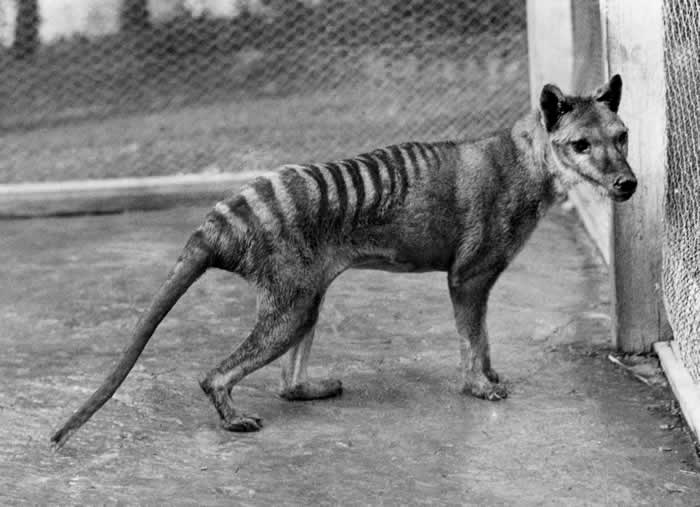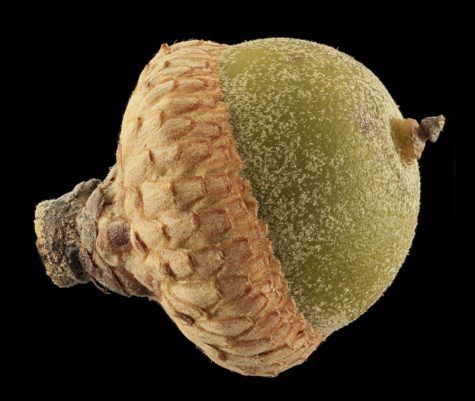 This post was originally published on March 5, 2013 at Double X Science, a now defunct website about women in science. Since then, it’s gotten quite a bit of attention, including a story in the Columbia Journalism Review, a mention in the New York Times, and even its own Wikipedia page. The Finkbeiner Test also has been the subject of a master’s thesis and it’s been used in a European art project. Although it was originally designed as a test for detecting gender bias in profiles of female scientists, it can be applied to any profile of a woman in her profession. Since we published the test, people have asked a lot of questions, and Ann answered some of them recently here. Because the Double X Science website has gone dark, I’m republishing the post here. I’ll be discussing the Finkbeiner Test at the World Conference of Science Journalists in San Francisco today.
This post was originally published on March 5, 2013 at Double X Science, a now defunct website about women in science. Since then, it’s gotten quite a bit of attention, including a story in the Columbia Journalism Review, a mention in the New York Times, and even its own Wikipedia page. The Finkbeiner Test also has been the subject of a master’s thesis and it’s been used in a European art project. Although it was originally designed as a test for detecting gender bias in profiles of female scientists, it can be applied to any profile of a woman in her profession. Since we published the test, people have asked a lot of questions, and Ann answered some of them recently here. Because the Double X Science website has gone dark, I’m republishing the post here. I’ll be discussing the Finkbeiner Test at the World Conference of Science Journalists in San Francisco today.
Men dominate most fields of science. This is not news, and countless projects have sprung up to address the disparity. There are associations, fellowships, conferences, and clubs for women in science, and with these, efforts to highlight women who are making it in these fields.
Campaigns to recognize outstanding female scientists have led to a recognizable genre of media coverage. Let’s call it “A lady who…” genre. You’ve seen these profiles, of course you have, because they’re everywhere. The hallmark of “A lady who…” profile is that it treats its subject’s sex as her most defining detail. She’s not just a great scientist, she’s a woman! And if she’s also a wife and a mother, those roles get emphasized too.
For instance, in a profile of biologist Jill Bargonetti, The New York Times quotes one of Bargonetti’s colleagues saying that, “Jill makes a fantastic role model…because she is married, has two children and has been able to keep up with her research.” It’s hard to imagine anyone saying this about a scientist named Bill. The story’s subtitle piles on, reinforcing the stereotype that women are nurturing and selfless with “A Biologist’s Choice Gives Priority to Students.”
The headline on this recent profile of neuropsychologist Brenda Milner in The Globe and Mail reads, “A scientific pioneer and a reluctant role model.” The piece explains that “Dr. Milner was determined to compete with the best scientists, male or female” and that “Her resistance to being recognized as an outstanding woman seems to stem from her desire to be a great scientist in general.” Yet the article fixates on Milner’s sex as if it’s the most remarkable thing about her. The occasion for the piece, Milter’s induction into the Canadian Science and Engineering Hall of Fame, warrants only a few sentences.
Ann Finkbeiner, my colleague at Last Word On Nothing, has had enough. As she explained here, she plans to write about an impressive astronomer and “not once mention that she’s a woman.” It’s not that Finkbeiner objects to drawing attention to successful female scientists. She’s produced many of these stories herself. The issue, she says, is that when you emphasize a woman’s sex, you inevitably end up dismissing her science. Continue reading
 A couple of weeks ago, I set out through sun-shot low clouds to the North Cascades with my friends Devon and Kate. My truck is a 1998 with an exhaust leak under the cab, so we may or may not have been a little stoned on fumes when we piled out into the overflowing parking lot with two dogs, three bulky packs, and enough snacks to put a hyperphagic grizzly into a coma.
A couple of weeks ago, I set out through sun-shot low clouds to the North Cascades with my friends Devon and Kate. My truck is a 1998 with an exhaust leak under the cab, so we may or may not have been a little stoned on fumes when we piled out into the overflowing parking lot with two dogs, three bulky packs, and enough snacks to put a hyperphagic grizzly into a coma. Last week Cassandra Willyard
Last week Cassandra Willyard  October 16-20
October 16-20

 These early fall days have been especially musical here, in my house under the trees. The mornings ding and clink and the afternoons ping and donk and the nights are broken up by knocks, clangs, and cymbal crashes that startle me awake. (Part of my roof is metal.)
These early fall days have been especially musical here, in my house under the trees. The mornings ding and clink and the afternoons ping and donk and the nights are broken up by knocks, clangs, and cymbal crashes that startle me awake. (Part of my roof is metal.)